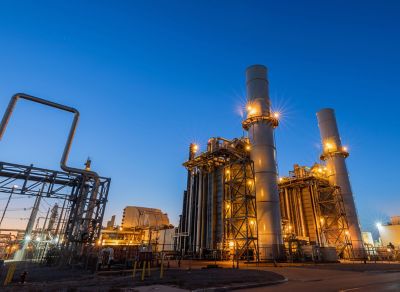- Our impact
- Environmental
- Social responsibility
- Governance
- Molecular recycling
- Plastic solutions
- Sustainability report
- Stories
- Contact us
- Home ...
- Sustainability
- Environmental
- Climate
Climate
Climate change is perhaps the single greatest challenge to the quality of life on our planet.
Goals and commitments
We are committed to decarbonizing our operations and working across the value chain to lessen our carbon footprint, which will preserve precious resources. This involves many elements across our company, which are woven together to form a holistic strategy designed to reduce our footprint and drive toward our ultimate goal of carbon neutrality.
Our strategy is guided by Eastman’s climate policy that includes three key commitments:
Developing material solutions to address society’s climate change challenges
Reducing our carbon footprint, building resiliency measures and managing climate change risks and opportunities
Pursuing strategic partnerships and initiatives to advance the understanding of climate change to bring forward innovative solutions
Net-zero operations by 2050
Addressing the challenge of climate change — as well as setting ambitious goals and holding ourselves accountable — is squarely aligned with our purpose of enhancing the quality of life in a material way. We have established an overarching goal to reach net-zero operations by 2050.
Our commitments
Reduce absolute Scope 1 and 2 emissions 30% by 2035
Establish a comprehensive understanding of our Scope 3 footprint and develop a strategy that addresses it
Innovate to provide products that enable energy savings and greenhouse gas (GHG) reduction down our value chains and at the consumer level

Scope 3 emissions
The quantification and reduction of Scope 3 emissions are integral to our decarbonization journey. We have a cross-functional steering team focused on driving results on Scope 3 upstream and downstream impacts. This steering team is championed by Julie McAlindon, senior vice president, regions and chief supply chain officer.

Collaboration
Collaboration is key to addressing climate change, and we are proud to be a member of the Center for Climate and Energy Solutions, commonly known as C2ES, which is the successor of the Pew Center on Global Climate Change. We are a member of the C2ES Business Environmental Leadership Council (BELC). BELC includes the top companies in the power, manufacturing, transportation, technology, oil and gas, and finance sectors and is the largest U.S.-based group of companies devoted solely to addressing climate change. C2ES’s climate position is to advance strong policy and ambitious action to:
- Reduce GHG emissions
- Promote and accelerate the clean energy transition and strengthen adaptation and resilience to climate impacts
- Facilitate the necessary financial investments to achieve these initiatives
C2ES believes a range of solutions, including market-based approaches and other complementary policies, are critical to achieve these goals. Solutions that are developed through inclusive stakeholder engagement; informed by the latest science that is in line with the long-term goals of the Paris Agreement; and equitable while creating jobs are essential ensure a strong, sustainable domestic and global economy.







